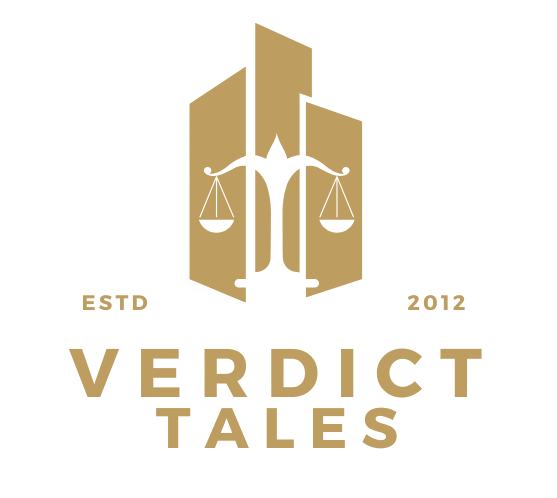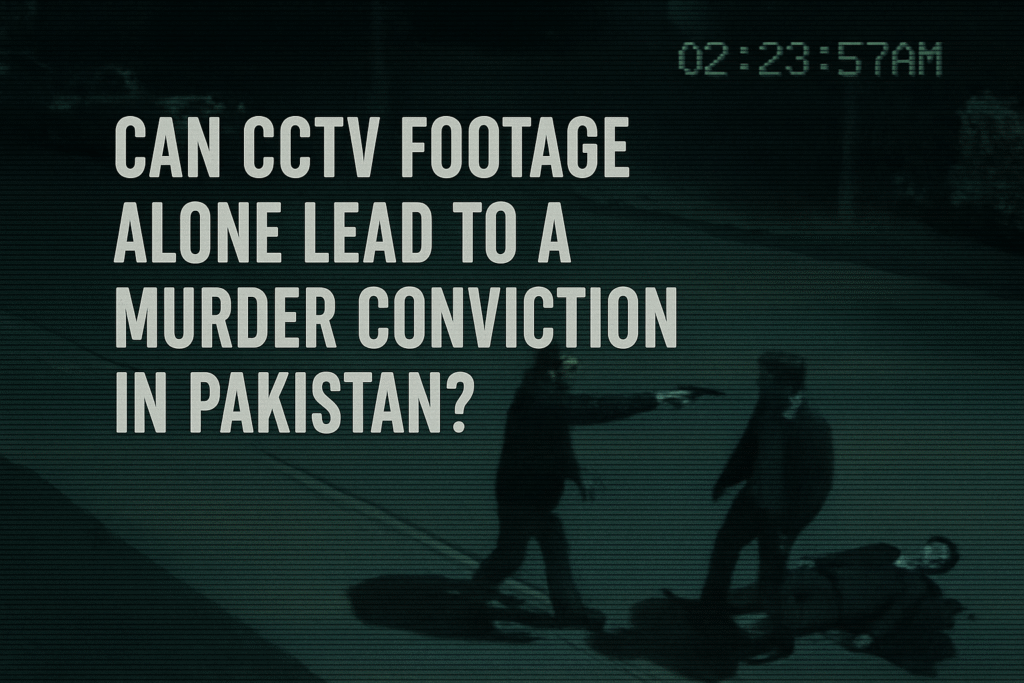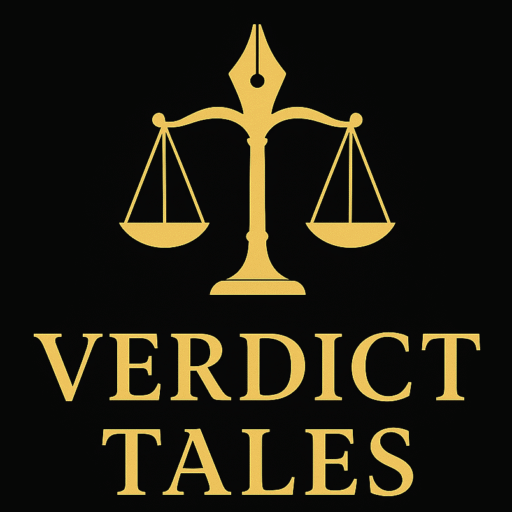Can CCTV Footage Alone Lead to a Murder Conviction in Pakistan?
Picture a peaceful evening in a nice neighborhood in Islamabad, ruined by a father’s urgent call to the police. His daughter, who went missing the day before, was found dead in a friend’s house. No one comes forward as an eyewitness, but CCTV footage shows a terrifying series of events. This brings up an important question: Can CCTV footage alone be used to convict someone of murder in Pakistan? A Supreme Court decision from 2025 gives a clear explanation and shows how powerful digital evidence is in Pakistan’s legal system.
A Tragedy in Islamabad
A young woman from Islamabad went missing from her house on July 19, 2021. Her father was so worried that he called the police to report her disappearance. On the night of July 20, 2021, the police told him they had found her body in a residence in the posh F-7/4 sector. The prosecution said that the homeowner, a personal friend of the victim, was the main suspect. The Kohsar Police Station FIR No. 380 charged him with murder (Section 302 PPC), rape (Section 376 PPC), and other crimes. No one saw the crime, but CCTV images, a bloody weapon, and forensic reports revealed a disturbing story. The topic arises: Is CCTV evidence enough to convict someone of murder in Pakistan?
The accused claimed innocence, saying that the victim came to his house with drugs for a party and that an unknown person killed her. However, the prosecution’s evidence told a different story, leading to a judicial battle over the reliability of digital evidence.
The Drama in the Courtroom Begins
Two conflicting narratives clashed during the trial. The prosecution relied on circumstantial evidence: the victim’s body was found in the accused’s home, a knife with her blood was recovered, DNA tests confirmed sexual assault, and—most crucially—CCTV footage showed the victim trying to flee, limping toward the gate. The accused was seen dragging her back inside.
The defense argued that no eyewitnesses were available and claimed that the chain of custody was incomplete, raising the possibility that someone else committed the crime. However, the trial court found the defendant guilty, awarding:
- Death penalty for murder
- 25 years for rape
- Additional sentences for kidnapping and wrongful confinement
The Islamabad High Court upheld the verdicts. The case reached the Supreme Court, where the pivotal question was debated again:
Can CCTV footage alone convict someone of murder in Pakistan?
Can CCTV Footage Alone Be Enough?
The Supreme Court’s 2025 decision was emphatic: CCTV evidence alone can lead to a conviction for murder in Pakistan— if it meets strict standards of authenticity and reliability.
The court:
- Upheld the death sentence for murder under Section 302(b) PPC
- Reduced the rape sentence to life imprisonment
- Acquitted the accused of kidnapping
- Reduced the co-accused’s sentence to time already served
The ruling referenced State v. Ahmed Omar Sheikh (2021 SCMR 873), where the Court held that circumstantial evidence, including CCTV footage, is admissible as long as it forms an unbroken chain pointing only to the accused’s guilt.
Under the Qanun-e-Shahadat Order 1984, amended by the Electronic Transactions Ordinance 2002 and Criminal Laws (Amendment) Act 2023, digital evidence is now primary evidence under Articles 73 and 164.
The Court also invoked the “Silent Witness” doctrine: CCTV footage can serve as direct evidence, even without a human witness, if its authenticity is verified.
The forensic report (Ex.PBH, dated 04.08.2021) confirmed:
- The video captured the accused assaulting the victim
- The footage was genuine, untampered, and clearly showed his identity
- The DNA and murder weapon further supported the footage
The accused’s failure to explain the victim’s presence and death inside his home further cemented his guilt.
International Influence
The Court referenced global precedents like:
- R v. Nikolosvki (1996, Canada)
- United States v. Rembert (1988, USA)
These cases support the idea that clear, authentic CCTV footage can outweigh human testimony, especially when physical and forensic evidence corroborate it.
So, to answer the central question:
Can CCTV footage alone lead to a murder conviction in Pakistan?
Yes—if it meets the twin test of authenticity and relevance, as outlined in Ahmed Omar Sheikh.
The Growth of Digital Evidence
This case shows how Pakistan’s legal system is evolving. Digital evidence like CCTV footage is gaining increasing importance. Amendments to the Qanun-e-Shahadat Order have paved the way for modern forensics, reducing reliance on traditional eyewitness testimony.
But the shift comes with strict conditions. Only when CCTV footage is:
- Authentic and verifiable, and
- Part of a consistent chain of evidence,
can it lead to a conviction on its own.
In Conclusion
The 2025 Supreme Court judgment clearly answers the question:
Can CCTV footage alone convict someone of murder in Pakistan?
Yes, if it’s authenticated, supported by circumstantial and forensic evidence, and forms an unbroken evidentiary chain.
FAQs
🔹 What does the “Silent Witness” doctrine mean in Pakistani law?
Under State v. Ahmed Omar Sheikh (2021 SCMR 873), CCTV footage can be admitted as primary evidence without a human witness, provided it is genuine and verified.
🔹 What does the Qanun-e-Shahadat Order 1984 say about digital evidence?
Articles 73 and 164, as amended, state that CCTV, audio, and digital content can be treated as primary evidence if produced by a reliable electronic system.
🔹 Can CCTV footage alone be used to convict someone of murder in Pakistan?
Yes. The Supreme Court (2025) ruled that authenticated CCTV footage, when forming an unbroken evidentiary chain, can serve as the basis for a murder conviction.
Disclaimer: This blog is not the original text or legal opinion under the law; it is only a basic guide. Please read the original decision or talk to a lawyer for legal advice.
https://www.supremecourt.gov.pk/downloads_judgements/crl.p._467_2023..pdf




